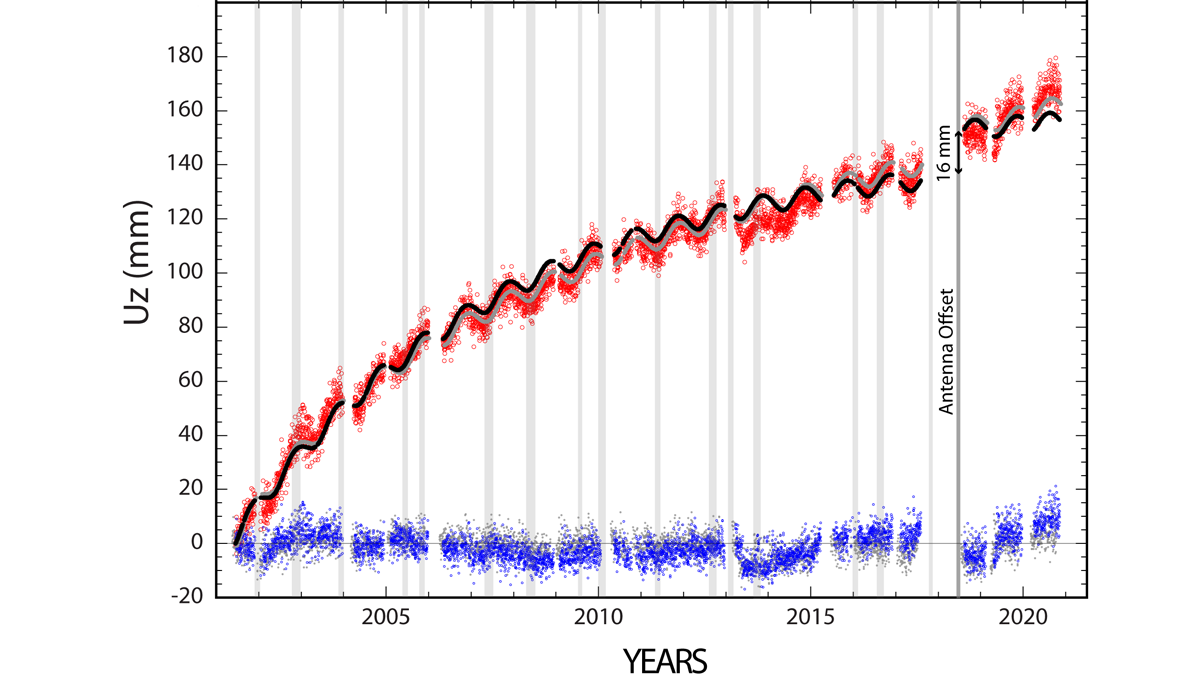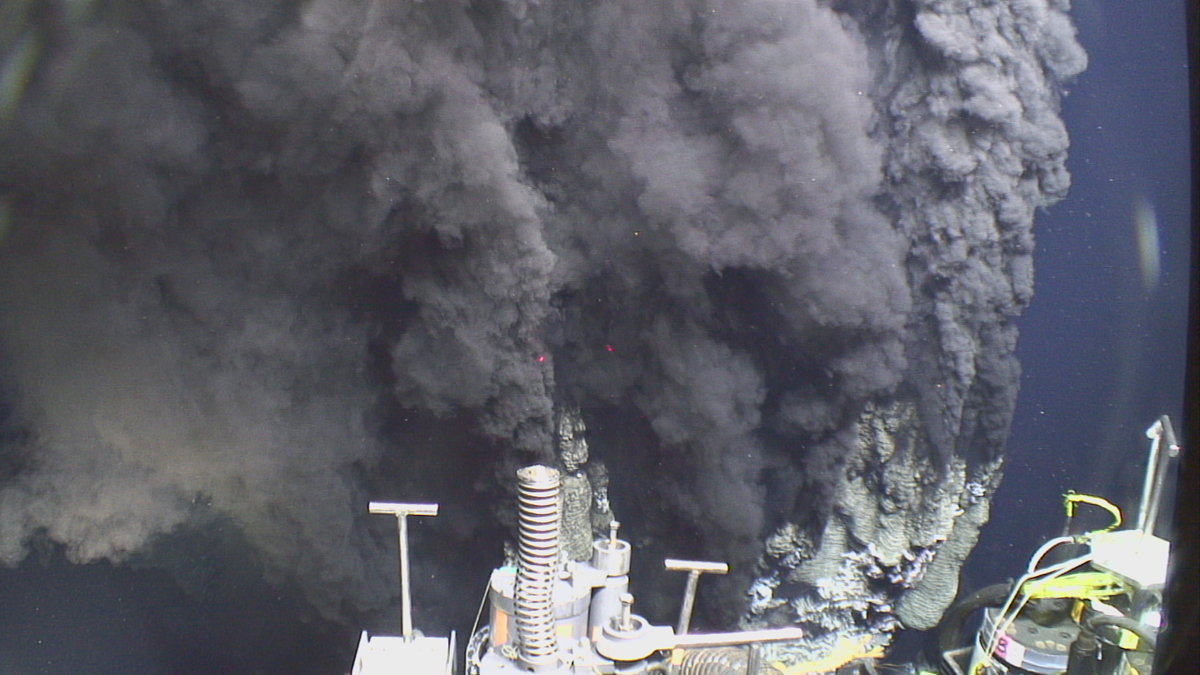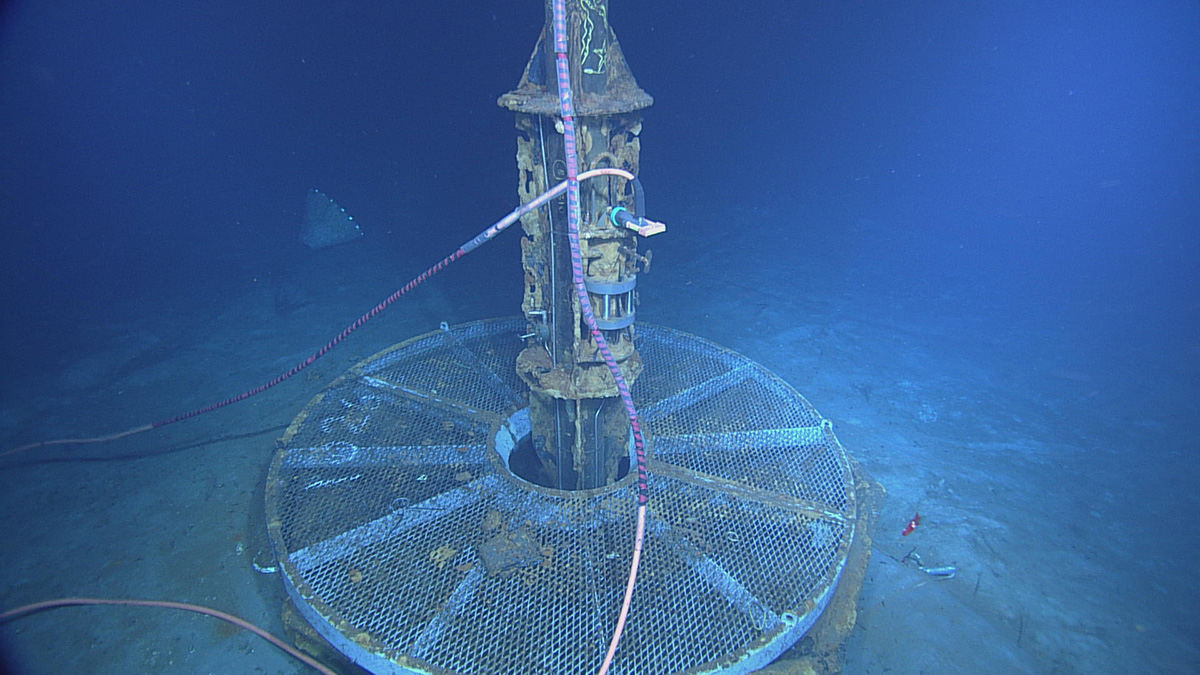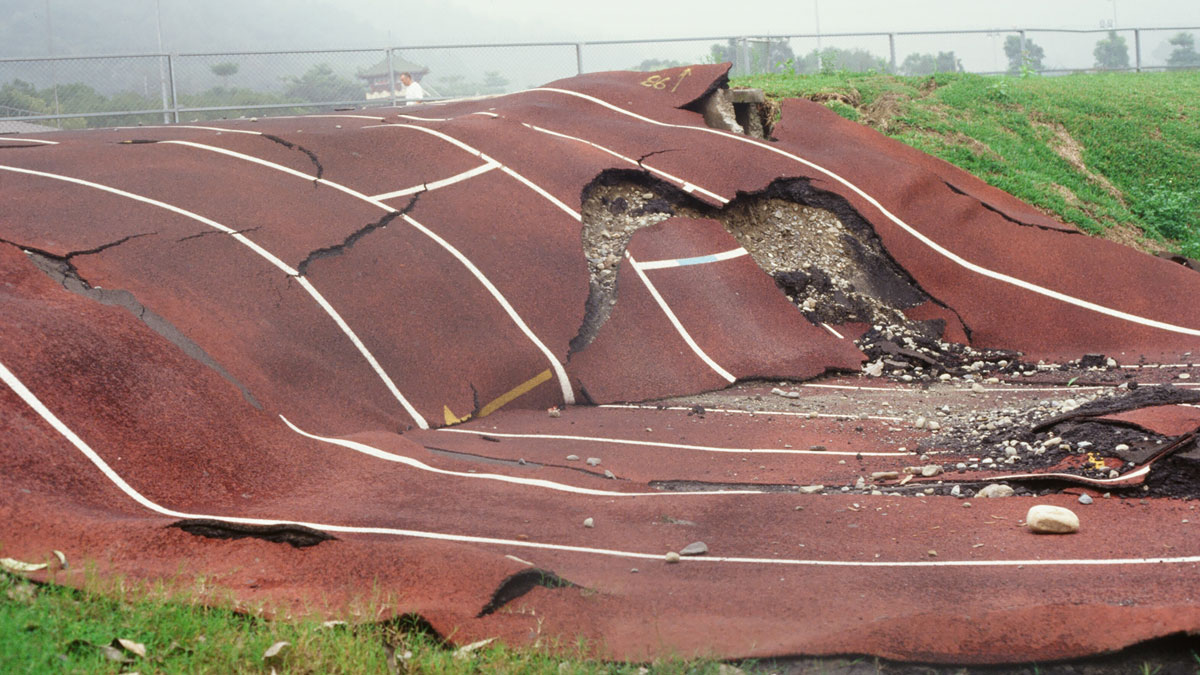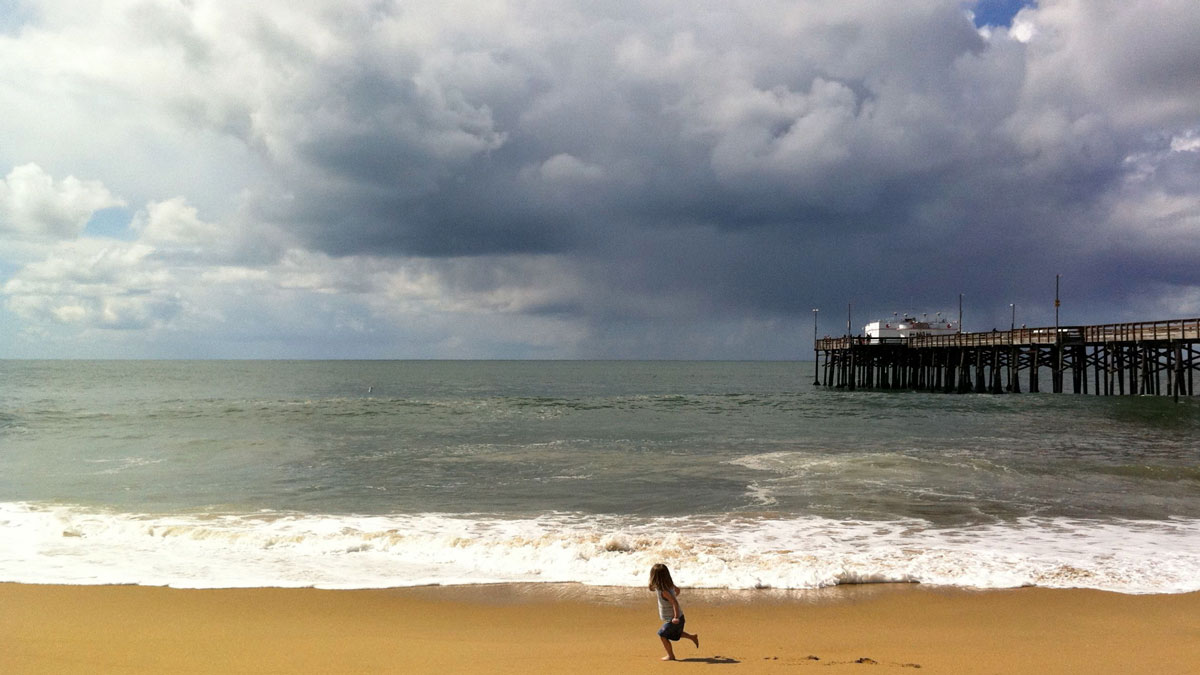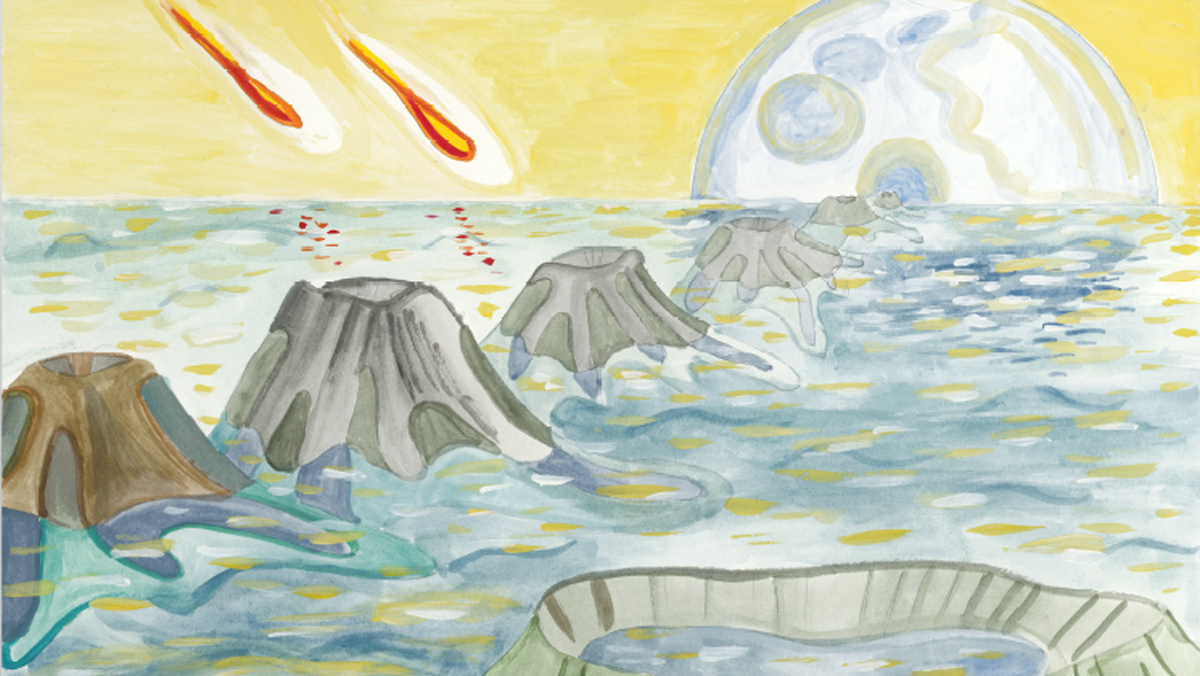Geodetic measurements indicate that Three Sisters Volcano uplifted by almost 300 millimeters in the past 25 years without significant anomalies at the surface.
Earth’s crust
Posted inEditors' Highlights
Bubble, Bubble, Toil and Trouble: Ocean Vents Spew Rubble
Hydrothermal vents in the ocean emit 6000-year-old carbon. The likely source? Ocean crust.
Posted inNews
A Giant Impact Triggered Earthquakes for Thousands of Years
When an asteroid struck South Africa during the Precambrian, earthquakes rocked the region for millennia as Earth’s crust reequilibrated, new research reveals.
Posted inResearch Spotlights
Faults in Oceanic Crust Contribute to Slow Seismic Waves
New high-sampling rate measurements of fluid pressures in oceanic crust reveal unresolved fractures and pathways for fluid flow.
Posted inResearch Spotlights
Faulting and Folding Signals in Seismic Data
A novel numerical model simulates folding in Earth’s crust throughout the earthquake cycle.
Posted inScience Updates
A Simple Recipe for Making the First Continental Crust
Laboratory experiments serendipitously revealed a rock-forming process that might explain how the first continental crust formed on Earth—and possibly on Mars.

